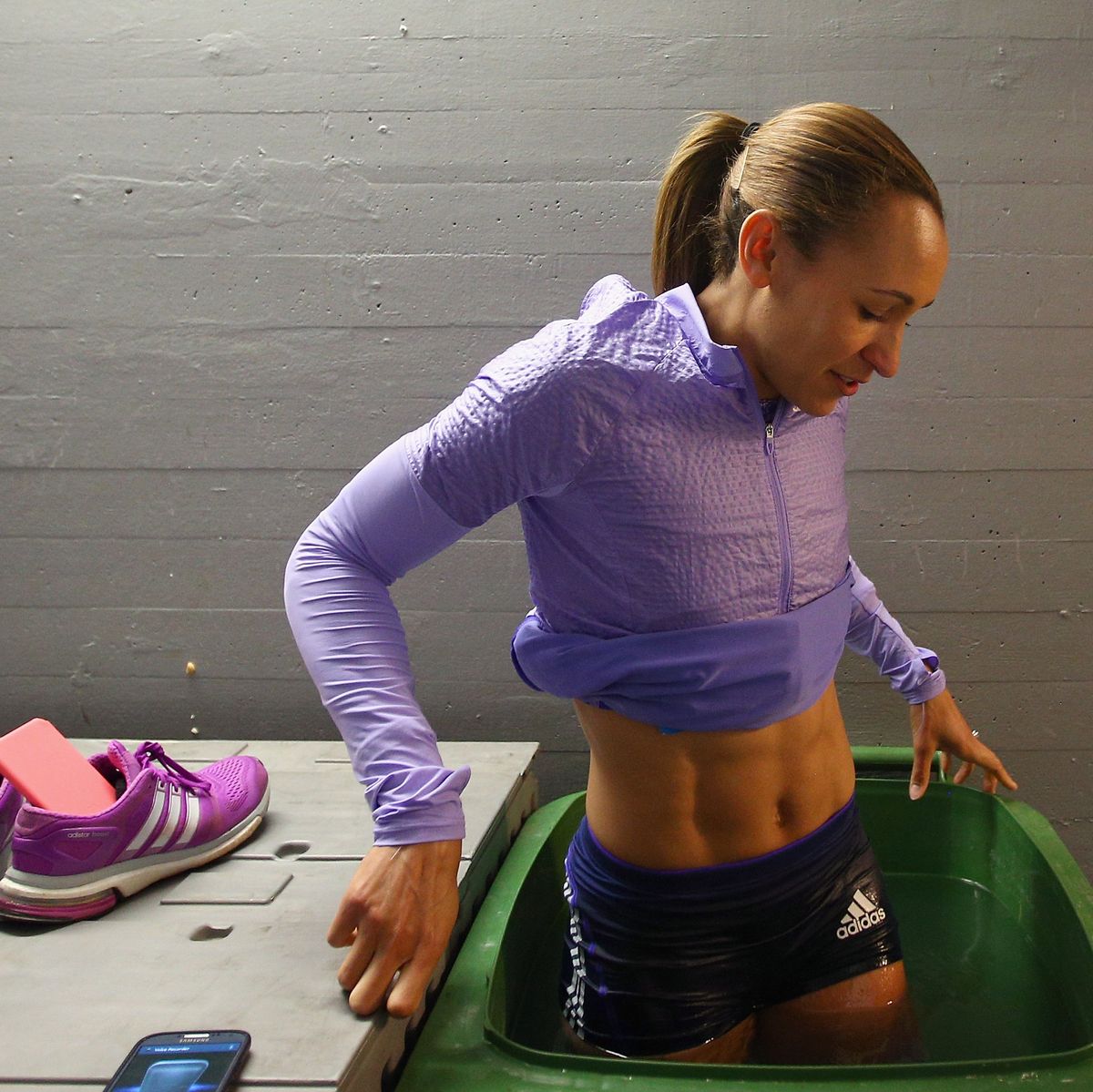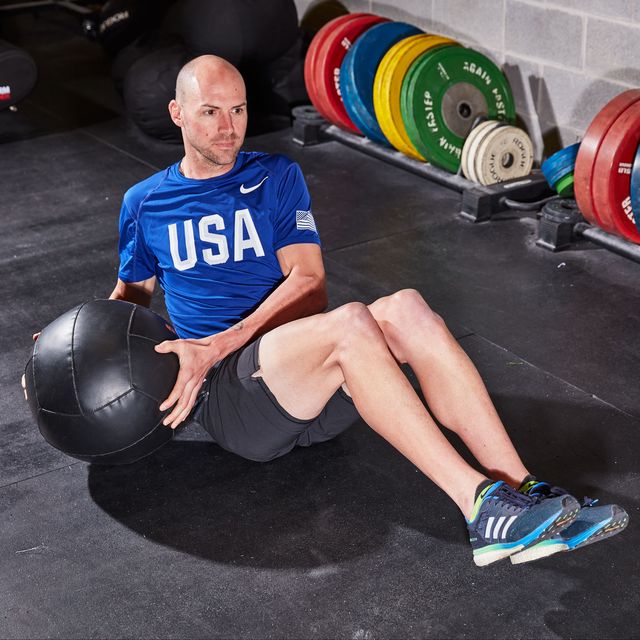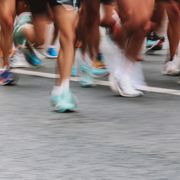- Ice baths are beneficial as long as you follow the correct guidelines, according to new research.
- The recommended temperature range is between 48 to 59 degrees Fahrenheit, and you should stay in the water 10 to 15 minutes to make the most of your postworkout recovery.
When you’ve just finished an intense workout or long run, your body may crave the fast cooldown that a cold bath—complete with ice floating on top—can provide, but do they really work? New research published in the journal Sports Sciences for Health suggests they can, as long as you follow the correct guidelines.
Researchers surveyed 111 athletes, coaches, and support practitioners—like physical therapists—about their cold-water immersion (CWI) protocols and observations. Of those, 78 percent found the practice beneficial for recovery, in large part because of reduced inflammation and increased pain relief.
→ Join Runner’s World+ today to stay on top of the latest health and running news!
More From Runner's World

Researchers also found a high degree of awareness of the physiological benefits associated with post-exercise CWI, including alterations in blood flow and reduction in tissue temperature.
That said, more than half of respondents used a water temperature outside of the recommended range of 48 to 59 degrees Fahrenheit, and only 14 percent followed the guidelines of being in the water for 10 to 15 minutes. In fact, the most popular immersion time was only about two to five minutes at a temperature colder than 48 degrees.
“There seems a discordance between the knowledge of the benefits and understanding of the mechanisms controlling them,” lead author Robert Allen, Ph.D., lecturer in human physiology at the University of Central Lancashire noted in a news release. “The protocol during CWI is important. In many cases, what’s being used in practice will not be offering the benefits they’re trying to achieve.”
The study highlights how tricky it can be to use CWI, Carol Mack, D.P.T., C.S.C.S., owner of CLE Sports PT & Performance, told Runner’s World. Although she wasn’t involved in the research, she’s seen in her own practice that it’s challenging for many people to stay in those kinds of temperatures for that amount of time. But shorter duration in that temp reduces the potential benefits.
“If that threshold isn’t reached, the body may not have enough of stimulus to produce the needed response,” she said. “In this case, that’s pain relief and reduced inflammation.”
Her recommendation is to gradually phase into the 10- to 15-minute period and to ensure the temperature is within that 48 to 59 degree span with a waterproof thermometer (like this one). She suggested started with five minutes, for example, or trying a higher temperature for 10 minutes and decreasing the temp by a few degrees every other session until you’re in the recommended temperature range.
Elizabeth Millard is a freelance writer focusing on health, wellness, fitness, and food.
















